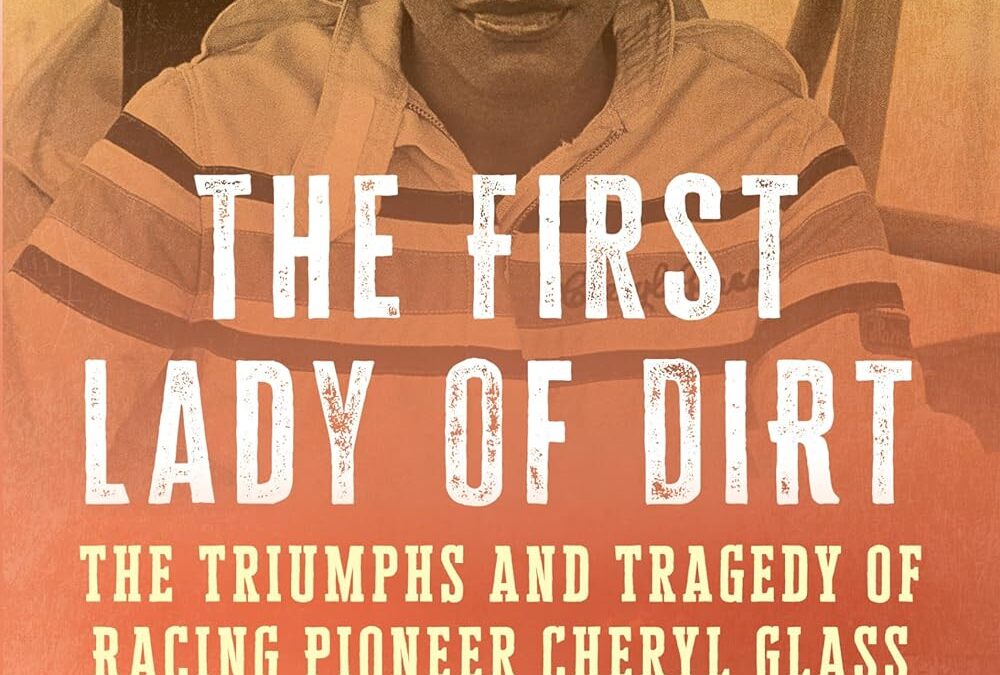
The incredible, little-known story of the first successful Black woman in the sport of auto racing in the United States.
Early in her career, Cheryl Glass looked like a lock to become the first Black woman to compete in the Indianapolis 500. From racing quarter midget cars at ten years old to Indy Lights in her twenties, Cheryl was on her way towards a winning career in auto racing.
In The First Lady of Dirt: The Triumphs and Tragedy of Racing Pioneer Cheryl Glass, Bill Poehler tells Cheryl’s full story for the first time. He recounts how Cheryl rapidly became the first successful Black woman in the sport, yet frequently encountered racist and sexist taunts from other drivers and fans throughout her career. While appearing to have it all—talent, ambition, looks—she faced many challenges on and off the track and her life soon spun out of control.
Featuring exclusive interviews with Cheryl’s mother, friends, and competitors, The First Lady of Dirt takes you behind the scenes and in the driver’s seat of Cheryl’s life. Poehler, an amateur racer himself, places the reader at the track, smelling the dirt and fumes, hearing the roaring engines and crashing metal, and feeling Cheryl’s joy and pain. It’s the inspiring story of a racing pioneer and a tragic tale of the pressures that are often hidden from public view until it’s too late.
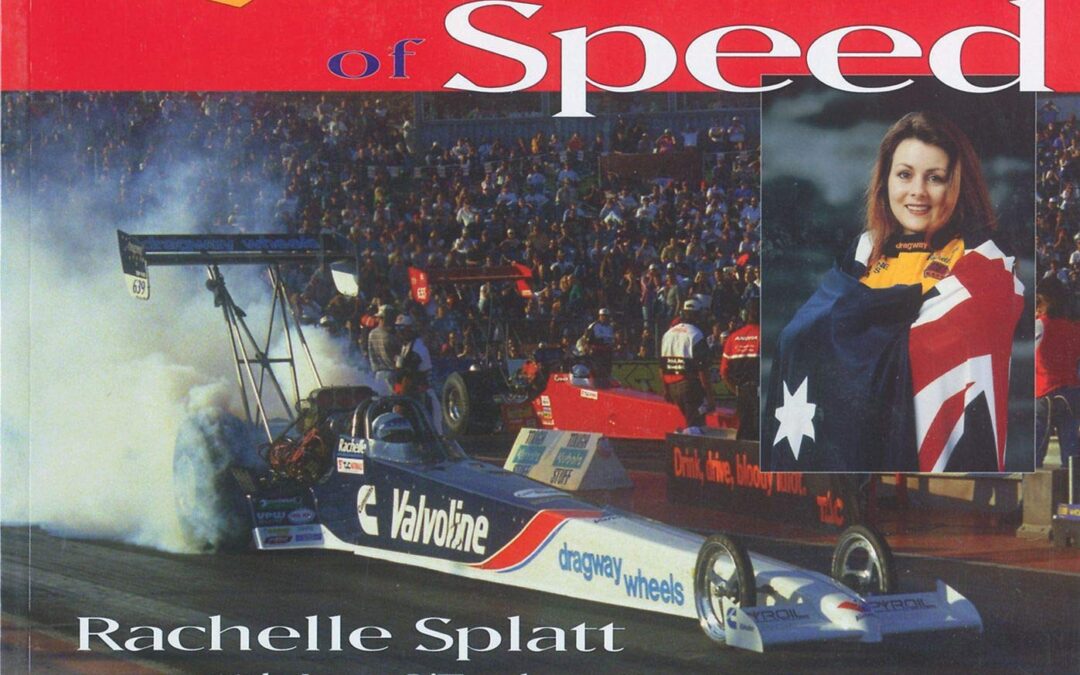
It takes guts, skill and an unshakeable belief in yourself to nudge up to the line in a 5000 horsepower beast that will propel you over a quarter mile in less that 5 seconds at 300 mph.
Welcome to the world of top fuel drag racing and the most successful woman in the sport, Rachelle Splatt, The Queen of Speed.
Rachelle Splatt’s passion for speed has taken her to success at the highest level of her sport. A consummate professional at her chosen sport and career, she has won the ANDRA crowning glory, the Nationals. When given the chance to compete in the United States she raced on the NHRA circuit and became the first women in the world to exceed 300 mph in 1994.
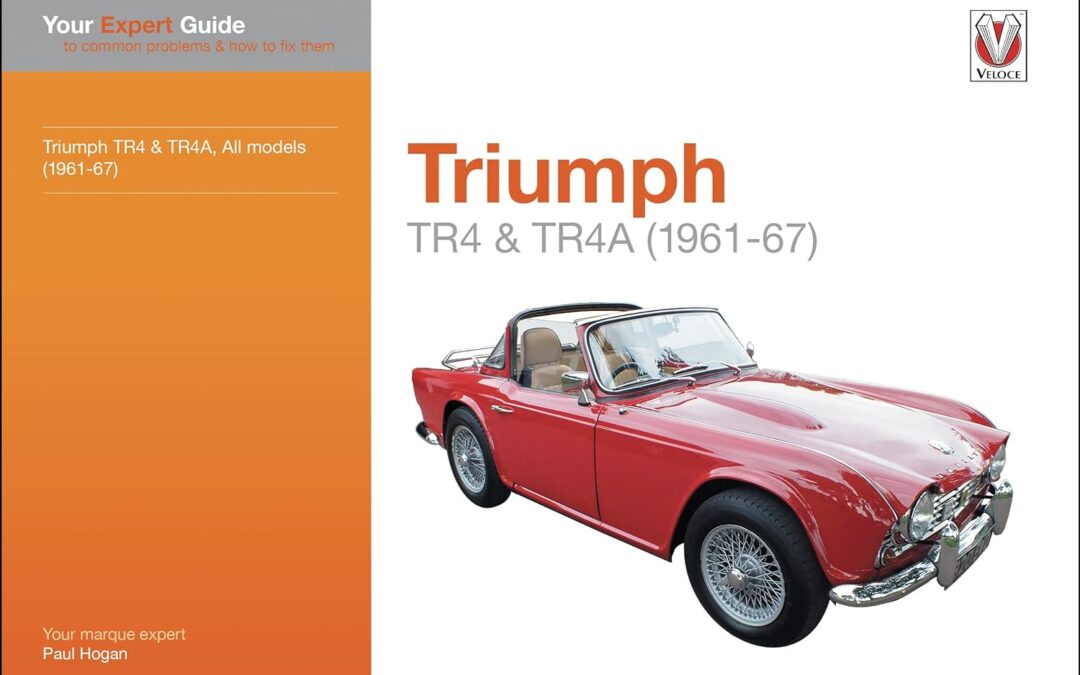
The TR4 represented a new breed of British sports car. Its modern lines, and accessories, such as wind-up windows and face-level ventilation, were a big departure from the earlier TR3 models. While TR4 mechanical parts may not have been new, the introduction of IRS (independent rear suspension) on the TR4A set a new benchmark for sports cars of that era. Performance was solid, if not spectacular, with 109 mph attainable in overdrive top, and these TRs found a ready market in all parts of the world. Now nearly 60 years old, the TR4 and TR4A still attract a huge following worldwide. This book is designed to offer owners and potential owners of these cars an insight to the common problems that can arise and how to fix them, and often making an improvement at the same time. Arranged into easy to follow sections – engine, driveline, suspension, etc – you can see not only where the problems arise, but how to solve them. Information is also provided on owners’ clubs and spares suppliers to help keep your car in good condition and on the road.
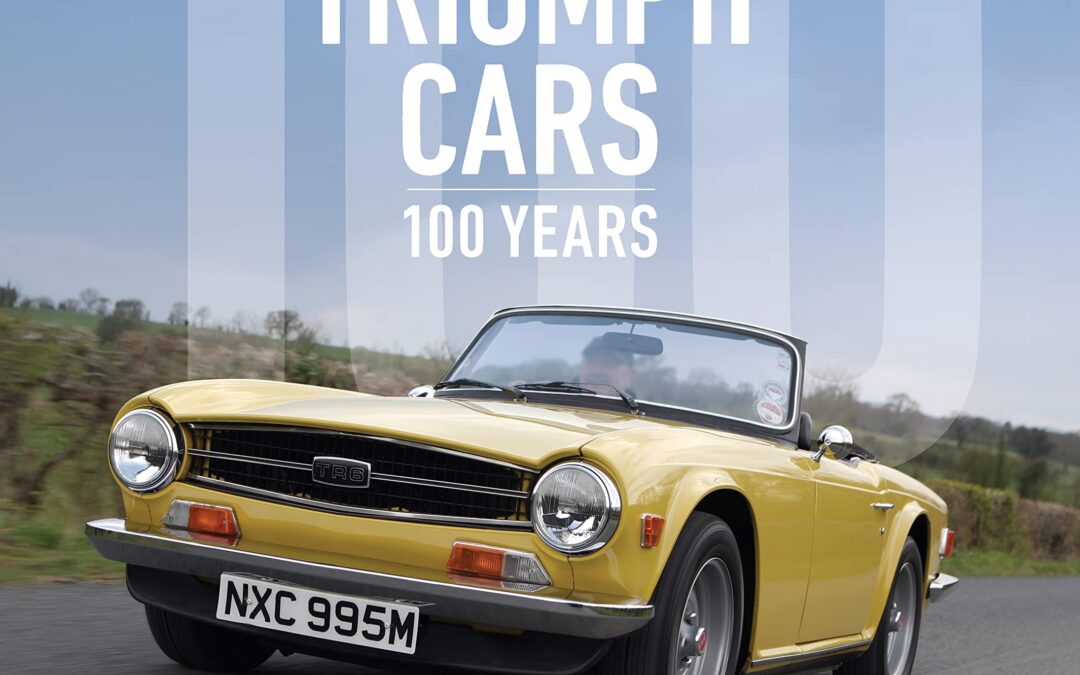
Experience the entire history of Triumph sports cars in this comprehensive volume featuring stunning studio photography, rare archival images, and period advertising.
Triumph Cars chronicles the company and its remarkable vehicles, from the first 10/20 through a string of automobiles sought after by collectors, from the early Supers and Glorias through the entire TR and Spitfire ranges, and on to the legendary GT6 and the latter-day 1300, 1500, and Dolomite sedans—filled with images, history, and in-depth analyses of players, tech, and styling.
With roots extending to a London bicycle importer established in 1885, Triumph built its first car in 1923: the Triumph 10/20. By 1930, the Triumph Cycle Co. had become Triumph Motor Company and was on its way to establishing seven decades of automotive heritage.
Author Ross Alkureishi showcases how company visionaries developed the brand—and how the brand changed hands—in the trying economic times of the 1930s and during the war years. The Standard years beginning in 1944 are also examined, along with associations with Jaguar and the range of roadsters and saloons developed, arguably peaking with the introduction of the TR2 sports car in 1953.
Alkureishi proceeds through the stylish 1950s cars and on to the Leyland years beginning in 1960, and associated engine and styling developments. The story ends with the last Triumph model, the Acclaim introduced in 1981, and the marque’s subsequent mothballing. Along the way, Alkureishi also highlights Triumph motorsport exploits, particularly in the realm of rally cars.
From the 1923 steel-paneled 10/20 through a range of roadsters, saloons, and sports cars, Triumph Cars offers a definitive review of an iconic British marque. The book is illustrated with hundreds of historic, contemporary, and racing photographs, as well as detailed text. This is the one volume no sports car enthusiast can be without.
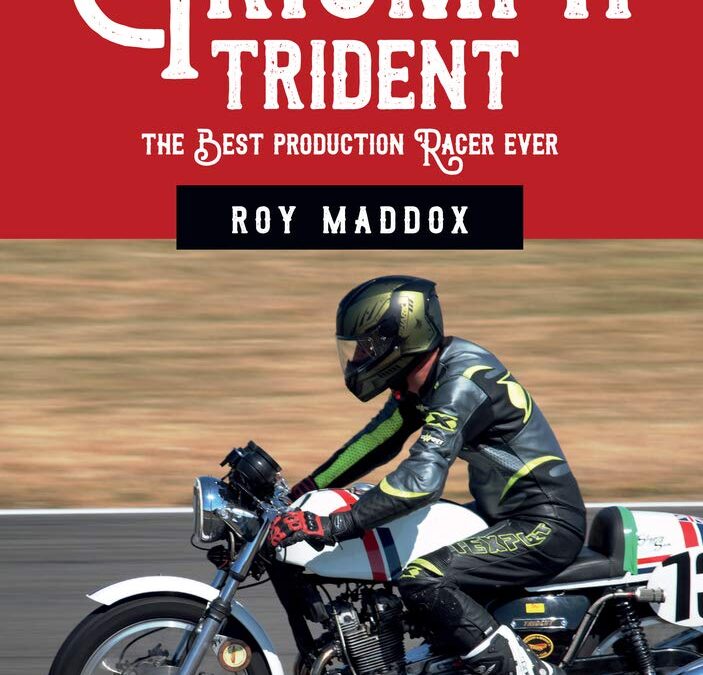
The Triumph Trident was a ground-breaking three-cylinder 750cc motorbike that was ahead of its time, though pipped to the production post by the Honda CB750 Four. It was also the last major motorcycle project by Triumph. In this thoroughly researched and comprehensive book, Roy Maddox takes the reader through the full range of models, including the BSA Rocket 3, the Meridien and the A75 Hurricane, as well as the technical changes that took place and the range of specials and one-offs. The book also includes a buyer’s guide with owners’ feedback and modifications as well as details of owners’ clubs and events.As this book reveals, the Triumph Trident T150 was a milestone in British and world motorcycle design that also achieved huge success on the racing track. As it reaches the 50th anniversary of its launch, the Triumph Trident T150 is as appreciated today by its many owners and enthusiasts as it was in its heyday.

Triumph is truly one of the most enduringly popular names in motorcycling. The word itself literally means to win and Triumph the motorcycle maker has, for the most part of its 100-plus years,been a world-class winner. Author James Robinson, editor of The Classic MotorCycle magazine, delves into the recesses of the Mortons photographic archive to find rare images of beautiful Triumph machines from every era of the company’s history – from the early days in the late Victorian age to the Great War, the Vintage period (1918-1930), the 30s, the Second World War, the 1950s boom years, the cool 60s, the difficult 70s, the death and rebirth of Triumph in the 80s and beyond – right up to the present day.

This story is like something out of Hollywood.
In the mid-1960s BSA/Triumph learns that Honda is to launch a 750cc motorcycle that will clearly outclass its 650cc twins. Luckily, Meriden’s top two designers – Bert Hopwood and Doug Hele – have been toying with the idea of a 3-cylinder 750. Could it work? The prototype is fast and intoxicating to ride, but delays mean the Triumph Trident and BSA Rocket 3 have only been on the market a few weeks when the smoother Honda 750 comes along.
The British bikes might be fast, but they lack sophistication and no one loves their oddball styling. Sales are so slow that production is suspended for eight months. BSA/Triumph fights back with a factory race team that sweeps all before it in 1971, including a 1–2–3 at the Daytona 200. And while BSA collapses, Triumph struggles on, launching the factory custom Hurricane and updating the T150 Trident with a 5-speed gearbox and front disc brake.
The Meriden factory sit-in stops Trident production, but a few months later bikes are rolling off the line at Small Heath and the electric-start T160 is launched. To no avail – the odds are against them and in early 1975 Trident production finally stops.
But just as in Hollywood, that’s not the end of the story. Les Williams and Norman Hyde keep the Trident flag flying through the 1980s and beyond. The Trident and Rocket 3 Owners’ Club is formed, bringing together enthusiasts for the iconic triples. And in 1992 (and again in 2020) the reborn Triumph company launches 3-cylinder bikes that carry on the Trident name.
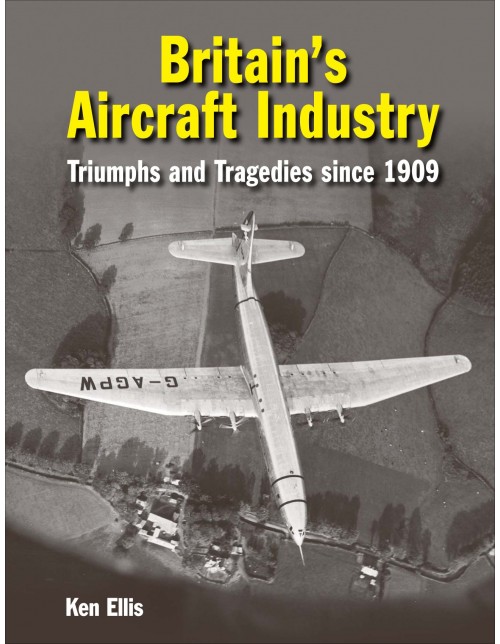
Britain established the world’s first aircraft factory in 1909 after the Short brothers met up with the American Wright brothers and struck a deal. The industry expanded rapidly to rise to the challenge of World War One with such thoroughbreds as the Camel and the SE.5. The post-conflict slump proved to be difficult but classics such as the Moths, the Hart family and the Gladiator maintained Britain’s leadership. Another war loomed and iconic types such as the Hurricane, Lancaster, Mosquito, Spitfire and the Meteor jet appeared.
With the return of peace over 20 major manufacturers faced inevitable contraction. The misguided Bristol Brabazon airliner was a dead end but the superb de Havilland Comet and Vickers Viscount led the field. Canberras, Hunters, Lightnings and the V-bombers met the Cold War confrontation.
For the first time here is a readable, highly-illustrated, examination of the entire industry; its heritage and the changes it faces in the 21st century, both technical and political. The life and times of the 40 ‘big names’ from Airbus to Westland: aircraft, designers, factories, failures and successes, mergers and closures are all explained, supported by statistical tables and copious illustrations. Here is a celebration of a world class industry that remains at the cutting edge of excellence.

First flown in 1963, the Boeing 727 was skillfully designed to outclass its competitors and remained without a direct rival for nearly two decades. This jetliner was capable of being operated from short, unimproved airfields, while requiring minimal ground service equipment. In flight, it was a dream—fast, efficient, quiet, and comfortable. Although this book is about an airplane, it is as much about the people at Boeing who were undaunted and took the financial risks necessary to build a truly outstanding machine. Readers will learn technical aspects of the 727, along with taking a close look at the brilliant minds and reasoning behind the design through personal interviews and examining archival data. For the hobbyist, a model-building chapter is also included, which covers techniques for both first-time and experienced modelers.
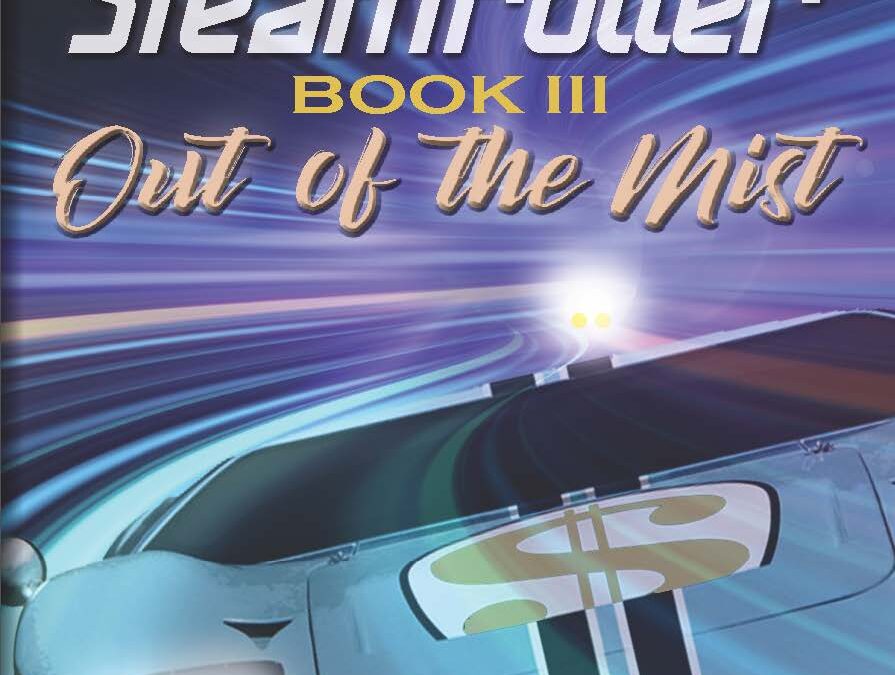
SIGNED
NEW The seventh volume in the Last Open Road Series
Third in the 200mph Steamroller series
May 1963 – December 1963

What really happened at British Leyland (BL)? Was it ‘just’ the cars, or were other factors vital to the story? Who really was to blame for BL and MG Rover’s death?
The ‘truth’ about BL is deeper than its cars – were ultra- Left-wing plots to topple BL and British society real? Did secret deals and political intrigue really exist? Was it Labour or Conservative powers who ‘killed’ BL, or was it BL itself? How was it that BL’s design genius was hobbled?
Author Lance Cole lifts the bonnet on BL and presents a forensic yet easy to read new analysis in a story of BL, its cars, and the era of their motoring as powers on the political Left and Right waged war, sometimes even with themselves.
Here is a book about cars and more, a conversation on all things BL: this is a new account of a classic British story told across a trail of evidence in a British industrial and political drama.
Many mistakes made BL, but some of the cars were superb, the designs of genius, the engineering excellent; it is just that we have either forgotten, or been brainwashed into believing the worst.
In a BL book like no other, written by a classic car fanatic with a background in industrial design, automotive, and wider journalism, this story lifts the lid on BL’s cars and more. The author also adds inside knowledge from time working in the motor industry.
Lance Cole tells the deeper BL story across the era of its greatest successes and its biggest failures.
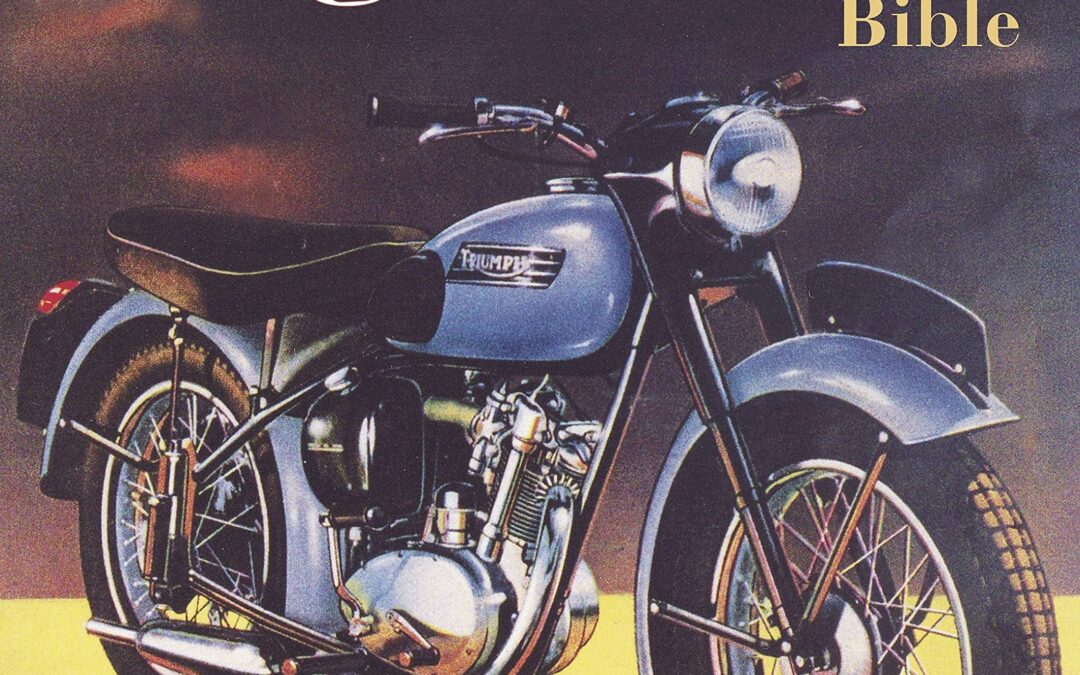
The full history of the popular Triumph Tiger Cub motorcycle. This ultimate reference source book covers every aspect of these machines, including 22 detailed model profiles, delivery details, technical design specifications, military, police and competition bikes, plus the full story behind the model’s production run.
Now back in print after a long absence, this Classic Reprint from Veloce is a must have for all Triumph Tiger Cub owners and enthusiasts.
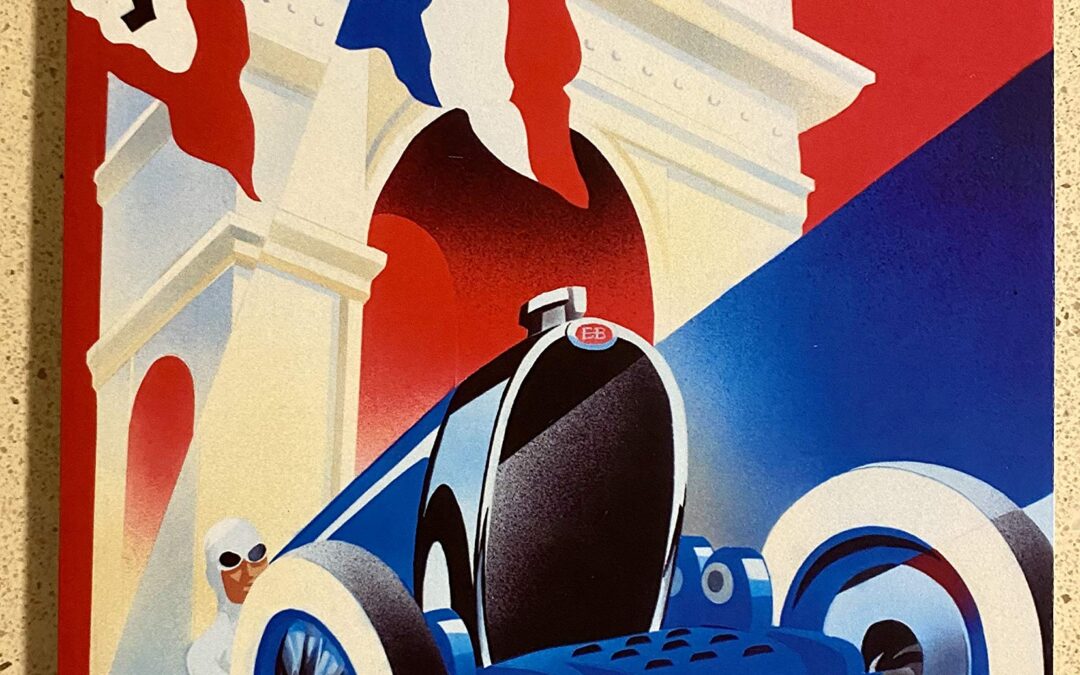
We are true to history: A Bugatti race car driver became a hero of the French Resistance. When German occupiers – in 1942 – seize his factory to build weapons, Ettore Bugatti, a lofty artisan/engineer, wants only to preserve his empire to again make the most beautiful cars the world has ever seen. Driver Alexander Graves, racer and patriot, is thrown into conflict with his revered “Patron.” Can Alexander destroy explosive torpedoes bound for U-Boat ports to sink Allied ships without leveling the factory? Can he save Claire, who no man says ‘no’ to, from her reckless plan to help liberate a stricken nation? With a mechanics ingenuity and with matchless skill behind a Bugatti’s wood-rimmed steering wheel, Alexander starts the race of his life.
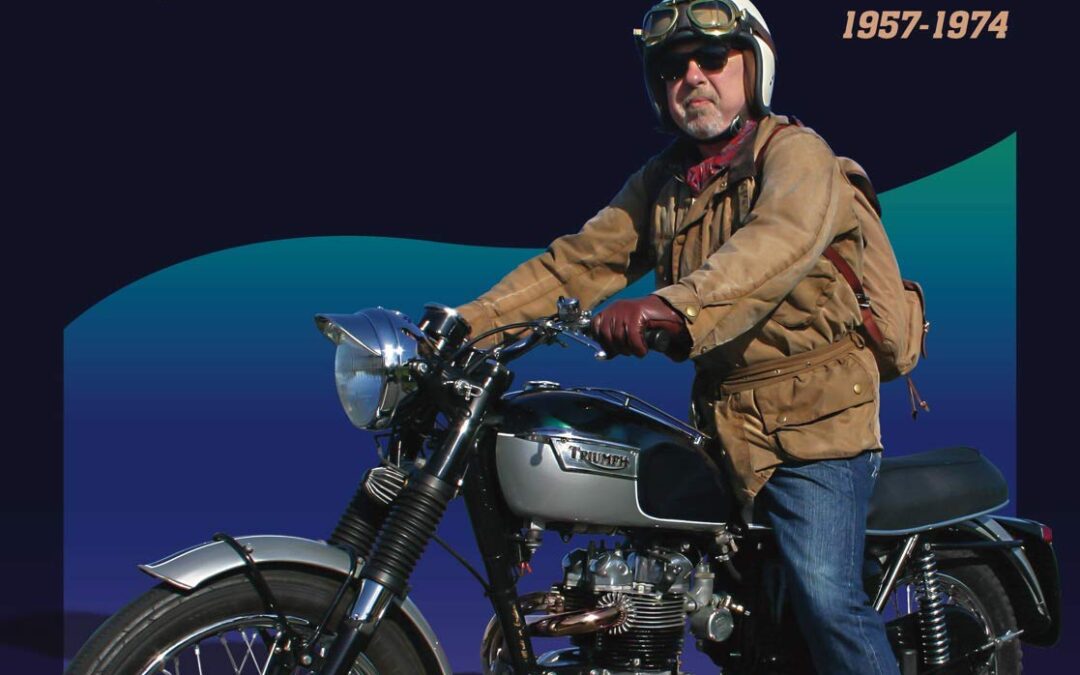
Want to be an expert on Triumph’s 350 and 500 unit-construction twins? Here is everything you need to know about these classic machines.
Alongside the headline-grabbing bikes – the Bonneville and Trident – Triumph built a whole series of smaller 350/500cc machines, with all the style of their bigger brothers, but lighter in weight, easier to ride and now cheaper to buy. The Triumph 350/500s played a key role in the company’s success through the 1960s, in North America as well as the UK. The range included everything from the original 350cc 3TA, a mild mannered tourer, to the final Daytona Tiger 500 (a modified version of which won the Daytona 500 race in 1967), and the TR5T trail bike.
This comprehensive book covers the complete history of these bikes, with details of model variants, advice on buying and living with a Triumph 350/500, technical specifications, and a list of useful contacts.
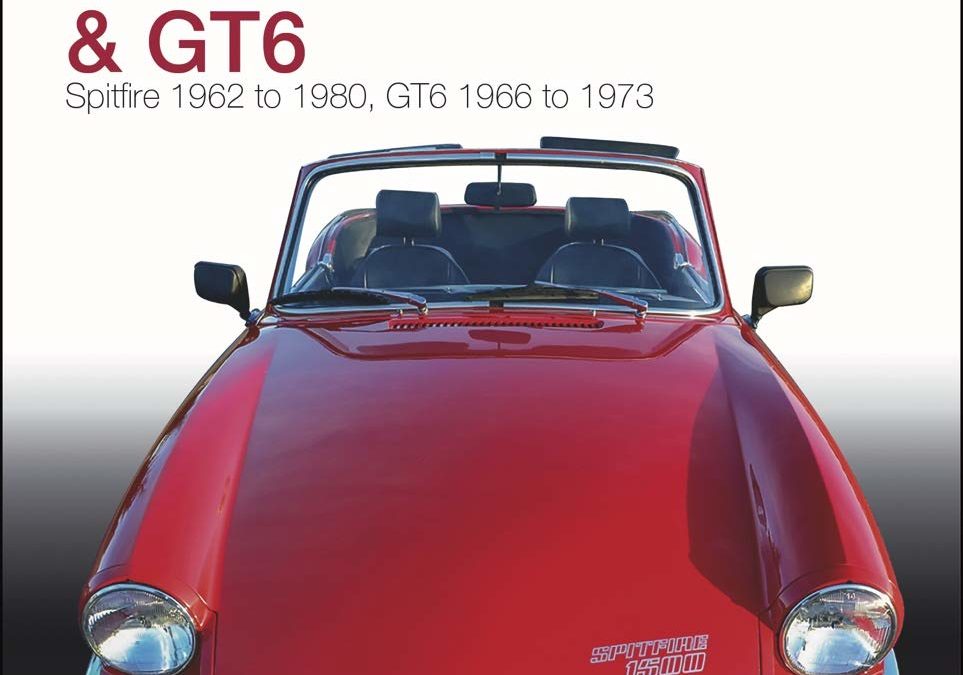
Benefit from the author’s decades of working on and writing about Triumphs, with the real facts you need to decide whether a sports Triumph is going to suit you. The book covers all small sports Triumph models, explains how and where to buy one, how to handle auctions and whether to buy the best you can find, or to take on a restoration or a rolling restoration. Triumph Spitfire and GT6 advises on choosing the right model for your needs and your budget, and describes the flavour of the more sporty or more cruising Spitfire types, contrasted with the more expensive and more powerful GT6 coupés.
The book explains in practical language how to apply key checks to spot a bad car quickly, then gives you a comprehensive inspection guide and an in-depth analysis of the various models’ strengths and weaknesses. It provides inside technical information to save you the painful process of learning about Triumph foibles the hard way. It discusses upgrades using the author’s own research, and includes comprehensive details of club backup and support organisations, and model specs.
Iain Ayre has been maintaining and repairing Triumph cars since before he was allowed in pubs, and has been writing about them for about 30 years. He continues to write for Triumph World magazine as a regular contributor from North America.
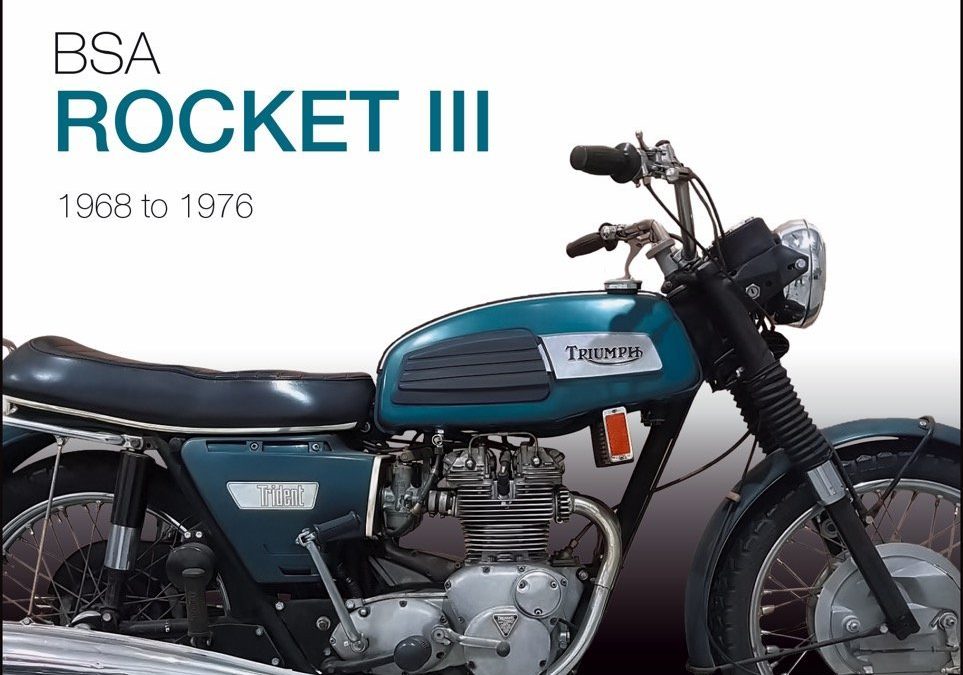
Having Triumph Trident & BSA Rocket III in your pocket is just like having a motorcycle marque expert by your side when you’re shopping for one of these classic Triumph motorcycles.
Benefit from Chris Rooke’s years of experience with Triples, learn how to spot a bad bike quickly, and how to assess a promising one like a professional mechanic. Get the right bike at the right price! Packed with good advice – from the difference between models and which is the right one for you, through assessing the engine, paintwork, frame and what are original or aftermarket features – this is the complete guide to choosing, assessing and buying the Triumph Trident or BSA Rocket III of your dreams!
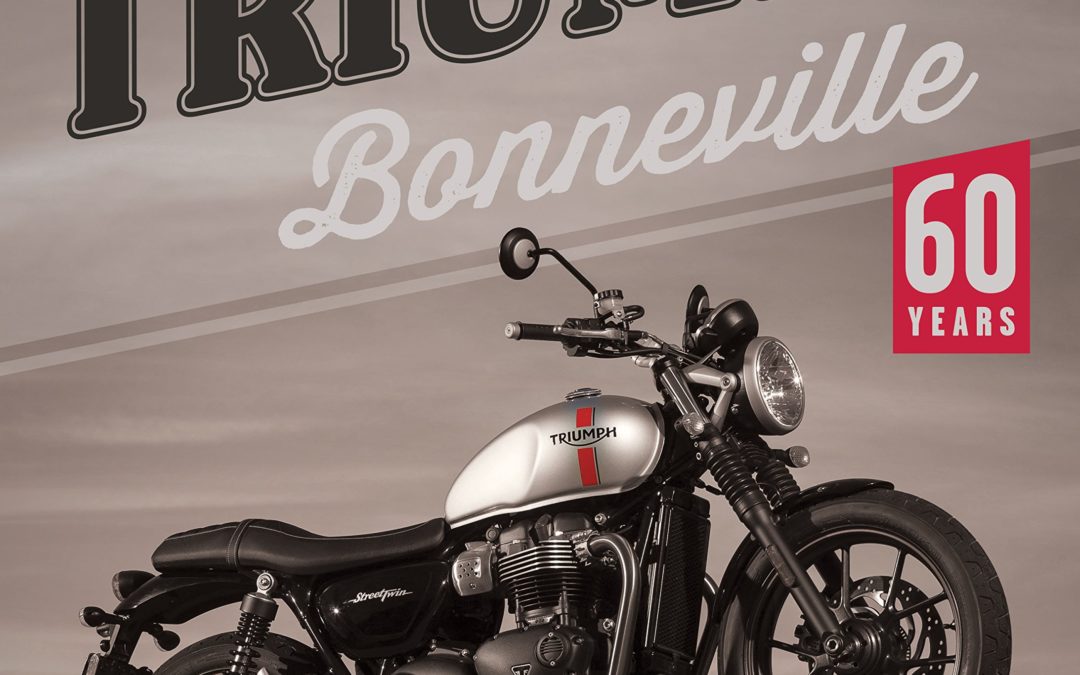
Triumph Bonneville: 60 Years is a celebration one of motorcycling’s most iconic and beloved bikes.
First manufactured in Great Britain in 1959, Triumph’s legendary model resonates deeply with motorcycle enthusiasts worldwide who love its style, sound, performance, and undeniable coolness. It’s no surprise that Triumph was Steve McQueen’s favorite ride.
The Bonneville’s story is one of successes and challenges as Triumph grew steadily in the post-World War II decades to become America’s most successful “import” motorcycle marque. Triumph won every championship worth winning, owned the world speed record for fifteen years, and wooed Hollywood’s hottest stars.
Bonneville was Triumph’s halo machine, one of the highest performance motorcycles of the 1960s. However, as competing marques eventually eclipsed the Bonneville in the 1970s, Triumph management struggled, leading first to bankruptcy and then to the demise of the company in 1983.
Triumph was resurrected by British industrialist John Bloor in the late 1990s to become a twenty-first century global success story, which includes a revived and thoroughly retro-contemporary Bonneville range.
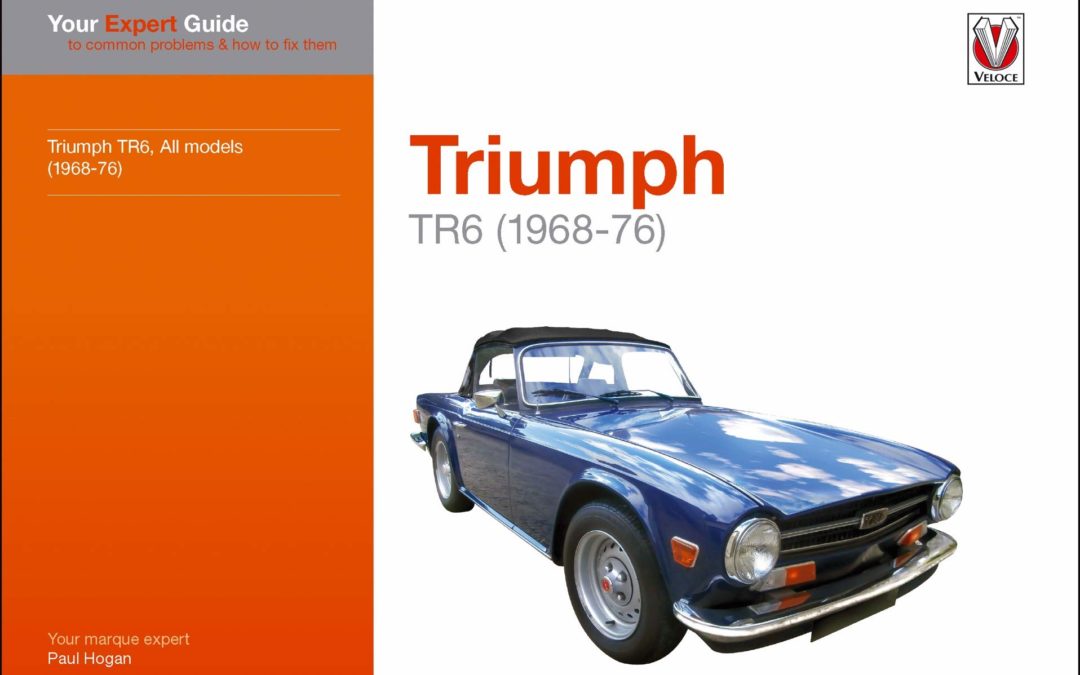
The TR6 was often described as ‘the last hairy-chested British sports car.’ Its modern lines may have hidden its rugged construction dating from another era, but its performance was anything but. 120mph was easily attainable, and it found a ready market in all parts of the world. These cars are now 50 years old, but still attract a huge following worldwide.
Triumph TR6 is designed to offer owners of TR6s an insight to some of the problems that can arise, and how to fix them. By breaking the car down into easy to follow sections, engine, drive line, suspension, etc, you can see not only where the problems arise, but also how to solve them. Information is also provided on improvements, owners’ clubs and spares suppliers to help keep your car in good condition and on the road.

Relating the story of Triumph cars is complex enough, but to include all the earlier events which persuaded Siegfried Bettman to begin car manufacture in 1923 is even more so. The two authors, however – both of them experts in all things Triumph, the cars, and the political events surrounding them – have assembled and presented an enthralling story of the way the car-making side of the business came to prosper, was then afflicted by financial problems, and then rescued from oblivion by Standard in 1944. Thereafter, Triumph once again became a prominent marque, eventually dominated Standard, and (from the 1960s onwards) became an important cast member in the melodramatic events which involved Leyland, BMC and eventually British Leyland.
Triumph Cars – The Complete Story, however, is not merely a turbulent trawl through the historical record, for both authors were also successful in locating the important characters whose efforts made it possible for Triumph to excite the world. Along the way, the career of cars as famous as the Glorias and Dolomites of the 1930s, the Heralds, Spitfires and TRs of the post-war years, and the headline-grabbing exploits in racing and rallying build up a story which no fictional writer could have created.

The Triumph TR2 and TR3 were the heralds of a long-running line of Triumph Sports Cars, culminating in the futuristic TR7 of the 1970s. They were truly sporting cars, suitable for competition and enjoyable fast road motoring. The quintessential British Sports Car of the 1950s, more than 83,000 side-screen TRs were produced, which contributed greatly to British manufacturing prestige – and the postwar economy – with approximately 90% being exported, principally to the US and Canada. Triumph TR2, & TR3 – All models (including 3A & 3B) 1953 to 1962 is written with the sole aim of giving prospective buyers key knowledge to choose the best example available according to budget. It covers models TR2, TR3, TR3A, and the rare TR3B, produced between 1953 and 1962. All aspects of the car are examined in detail and with many illustrations to back up the text. There is also advice on such matters as non-period modifications. Since the 1980s, the TR models have become finite in number, much cherished by owners, and increased in value, making it very important to know and understand the points to look for and the potential pitfalls of choosing a rogue example. Having bought an imported TR3a, restoring it and preparing it for racing, the author is also a TR2/TR3 consultant for Club Triumph, and a regular contributor to its magazine, making him well-placed to guide you through finding and choosing the best model for you.






















